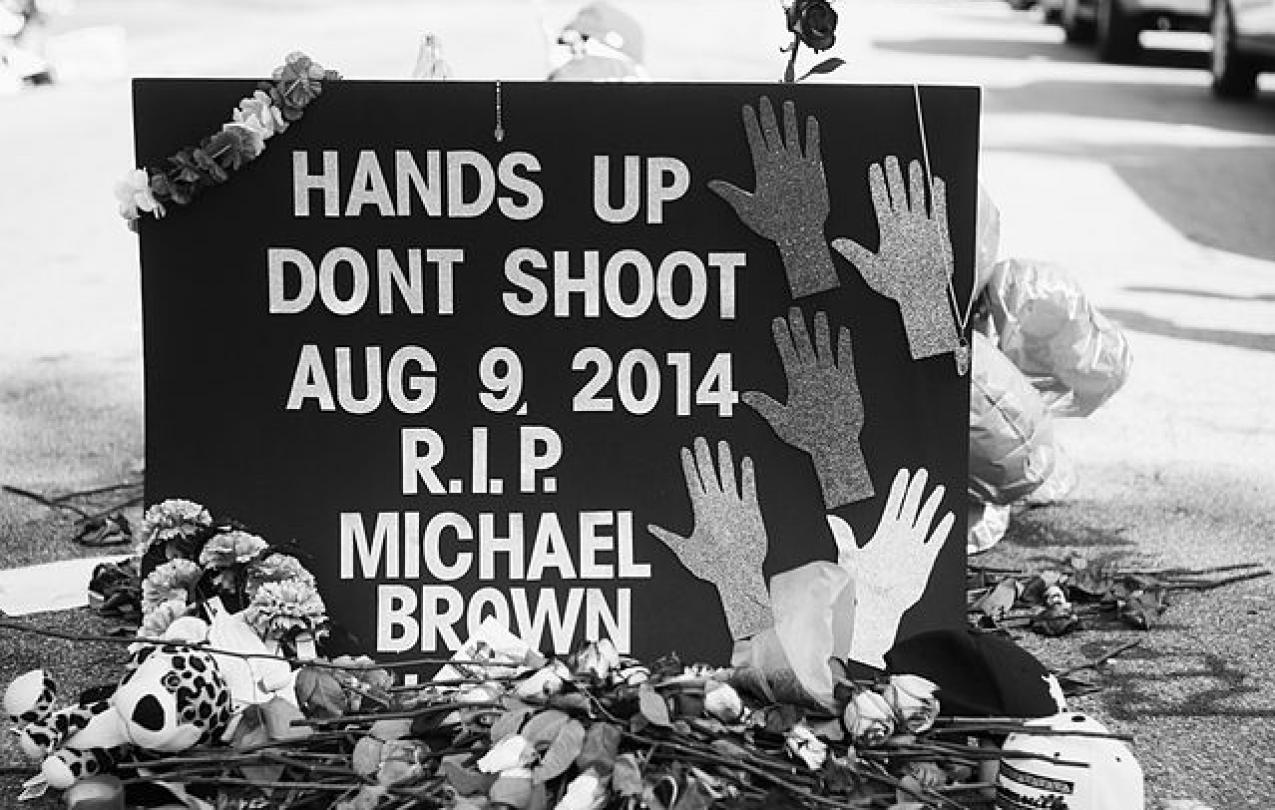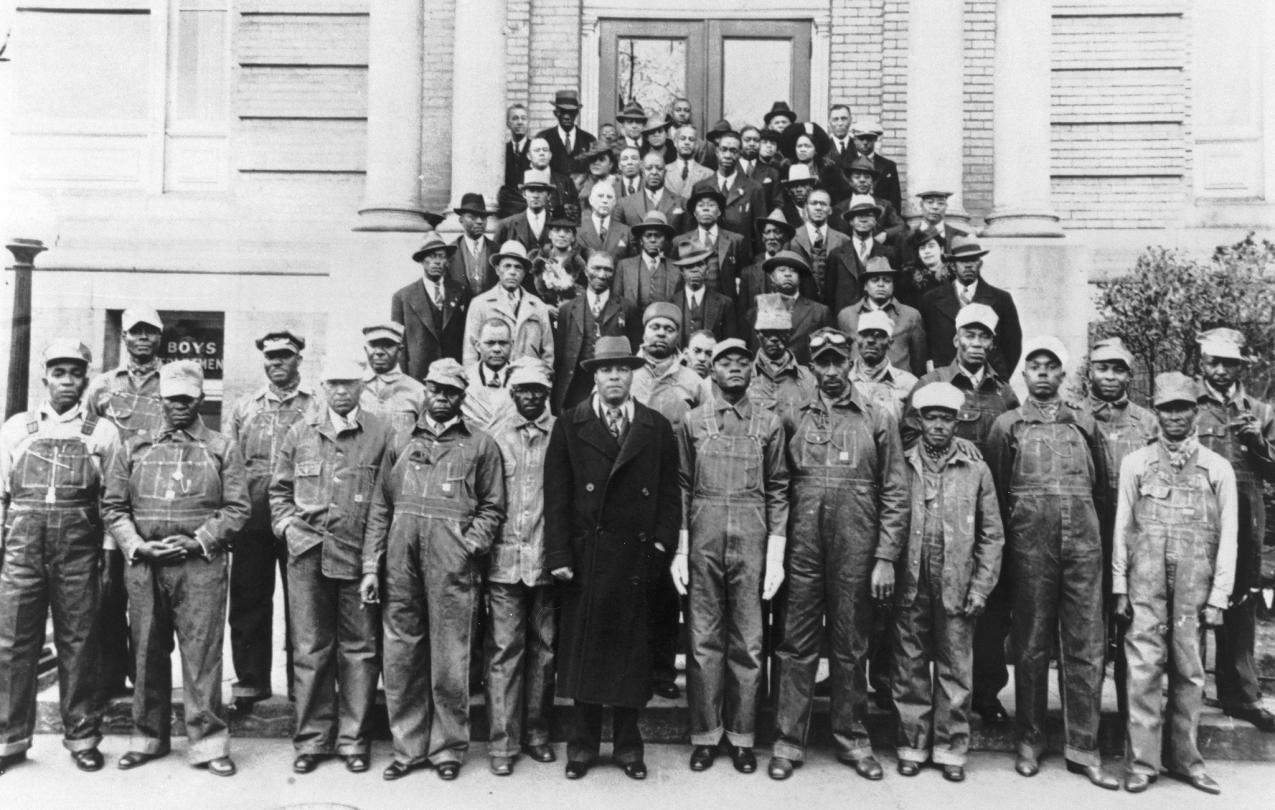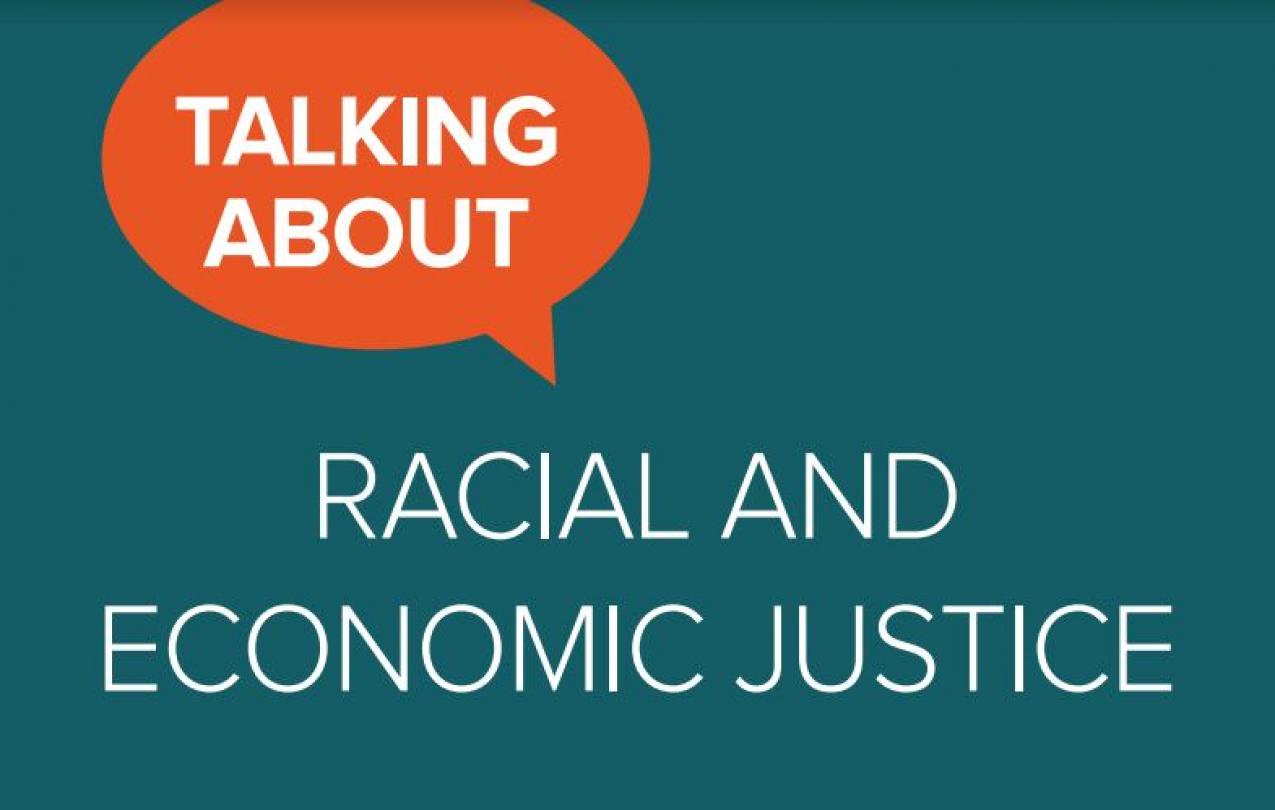“It’s more than a racial problem; economics, education, and social justice are all connected, the labor movement needs to address the race problem.” — Lorretta Johnson, AFT
Take Action
Download exercises and resources to lead constructive conversations about racial bias and how to build a more inclusive, equitable society.


